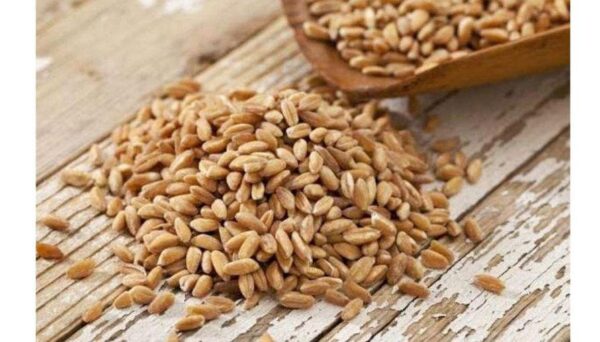Zea, the emmer wheat
A life-giving cereal!
Zea, probably the world’s oldest cereal-grain, was a key part of the diet of ancient Greeks. It features an undeniable nutritional value and it is no coincidence that the etymology of the ancient Greek word “ζείδωρος” (“zeidoros”), meaning “life-giving”, derives from this particular cereal.
Zea’s scientific name is “Triticum dicoccum” and although it externally looks similar to wheat, its nutritional composition is different. It is largely referred to as Zeia, Spelt, and Emmer, but it shouldn’t, however, be confused with the German Dinkel or rye.
Zea is highly nutritious and contains important nutrients, which make it superior to other cereals. Zea is twice as rich in dietary fiber compared to other types of wheat, a fact that makes it a good choice for people suffering from diabetes.
In addition, Zea is two times richer in protein and features a high content of the amino acid lysine and vitamins A, B, C and E. Lysine is the particular component of proteins that increases their digestibility, boosts the immune system and is a key element in the brain’s biochemical functioning.
Another key advantage of Zea is its high magnesium content, up to 40% higher than that of other cereals. Zea is also very low in gluten, making it highly digestible.
The cultivation of Zea seems to go back more than 12,000 years, as revealed by excavations in prehistoric settlements throughout Greece, and according to historical texts, Alexander the Great’s soldiers would eat Zea in order to remain strong and healthy.
It seems that Zea’s production was so widespread in antiquity that it is possible that the Port of Zea in Pireus took its name from this cereal because of its relationship to increased traffic and transactions that took place there.
Up to about a century ago, Zea was one of the most popular wheat-grains in Greece, but over the years more economically profitable cereal crops such as rice or standard wheat have become dominant.
The most common forms under which Zea is marketed today is as paddy flour or pasta made of Zea flour, such as orzo, couscous, penne, tagliatelle and others. It is very tasty, highly nutritious and suitable for every Greek dish, while easy to cook.
Source: mylittlegreekfoodbook.com




